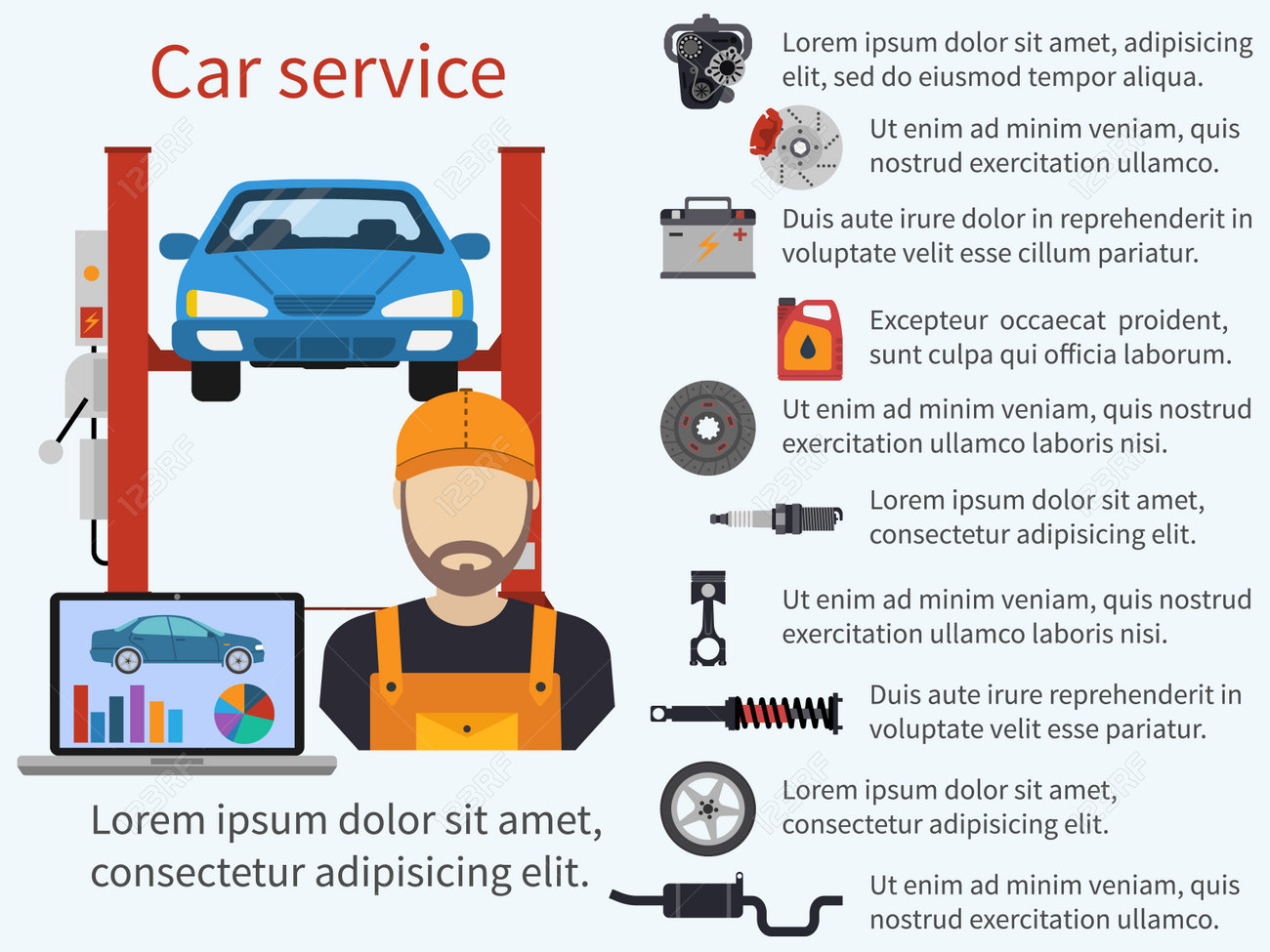Decoding Your Vehicle'S Warning Indicators: What They Really Indicate
Decoding Your Vehicle'S Warning Indicators: What They Really Indicate
Blog Article
Author-Vinson Torres
When you're behind the wheel, those glowing warning lights on your dashboard can be a little bit difficult. Do you know what they're trying to tell you concerning your auto's wellness? Understanding the relevance of these lights is essential for your safety and the longevity of your car. So, the following time one of those lights turns up, would not you intend to understand its message properly and take the necessary steps to address it?
Common Warning Lighting and Interpretations
Recognize typical warning lights in your vehicle and comprehend their significances to guarantee risk-free driving.
The most typical caution lights consist of the check engine light, which indicates issues with the engine or discharges system. If this light comes on, it's vital to have your automobile checked promptly.
The oil stress warning light shows reduced oil pressure, requiring prompt attention to stop engine damages.
A blinking battery light may recommend a damaged charging system, possibly leaving you stranded otherwise dealt with.
The tire stress surveillance system (TPMS) light alerts you to low tire pressure, impacting automobile security and gas performance. Overlooking this can cause unsafe driving conditions.
The abdominal muscle light shows a trouble with the anti-lock braking system, jeopardizing your capability to stop swiftly in emergencies.
Last but not least, the coolant temperature warning light warns of engine overheating, which can result in extreme damages if not settled promptly.
Understanding these typical caution lights will assist you deal with problems promptly and preserve secure driving problems.
Value of Prompt Attention
Recognizing the common caution lights in your auto is only the primary step; the relevance of quickly resolving these warnings can not be stressed enough to ensure your safety and security when traveling.
When a caution light illuminates on your control panel, it's your vehicle's means of interacting a possible problem that needs attention. Overlooking https://www.nbcnews.com/news/feds-sue-auto-repair-shop-paid-former-employee-pennies-rcna11339 can bring about a lot more serious troubles later on, jeopardizing your safety and possibly costing you a lot more out of commission.
Prompt attention to cautioning lights can prevent breakdowns and mishaps. As an example, a flashing check engine light might indicate a misfire that, if left ignored, might cause damage to the catalytic converter. Resolving this promptly can save you from an expensive repair.
Likewise, a brake system advising light may signify reduced brake liquid or used brake pads, critical elements for your safety when driving.
Do It Yourself Troubleshooting Tips
If you discover a caution light on your dashboard, there are a few do it yourself troubleshooting tips you can attempt prior to seeking expert aid.
The very first step is to consult your cars and truck's handbook to understand what the details warning light shows. Often the concern can be as basic as a loose gas cap triggering the check engine light. Tightening up the gas cap may settle the problem.
One more common problem is a low battery, which can activate different cautioning lights. Inspecting the battery connections for deterioration and ensuring they're secure might repair the issue.
If a caution light continues, you can try resetting it by separating the cars and truck's battery for a few minutes and afterwards reconnecting it. Additionally, inspecting https://devinnhbwq.smblogsites.com/32099989/just-how-to-pick-the-right-auto-outlining-solution-for-your-demands , such as oil, coolant, and brake fluid, can assist fix alerting lights connected to these systems.
Conclusion
In conclusion, recognizing your cars and truck's warning lights is essential for keeping your automobile running smoothly and securely. By without delay attending to these notifies and recognizing what they imply, you can avoid costly fixings and potential failures.
Keep in mind to consult your vehicle's guidebook for specific information on each advising light and act appropriately to guarantee a hassle-free driving experience.
Keep notified, stay risk-free when traveling!
